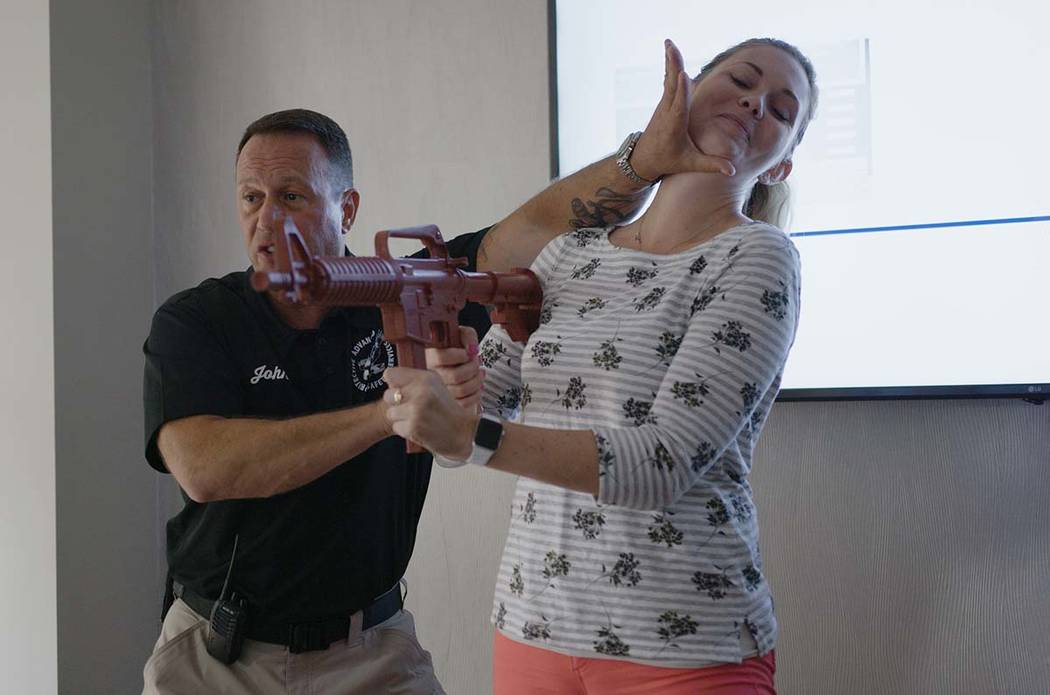Small businesses not high-profile, but a target for violence
NEW YORK — Although mass shootings do happen in workplaces like the Walmart in El Paso, Texas, where 22 people were killed earlier this month, small businesses are more likely to be the setting for gun violence — dozens of attacks happen at companies every year, killing hundreds of people. Many of the attackers are disgruntled current or former employees, or staffers’ angry relatives or rejected lovers.
Still, it’s the high-profile attacks that get business owners’ attention and convince some that they need to prepare their employees for the possibility of an active shooter at work.
Local resources
Owners have plenty of resources, starting with local police and sheriff’s departments who will visit small businesses to help them prepare. Owners can also hire consultants, many of whom have worked in law enforcement. Consultants will talk to employees about active shooters, and even inspect the work place and point out the safest places for shelter and escape routes.
Active shooter training teaches employees about the mind of someone who’s intent on killing as many people as possible. They’ll learn about mistakes that could cost lives — for example, assuming that there’s only one person with a gun. Or, not turning off a cellphone (frightened relatives hearing about a shooting are likely to call, revealing your position).
Preparedness includes being on the lookout for signs that employees are struggling with emotional issues that could result in violence, says Tom Miller, CEO of ClearForce, a company that makes software to help employers determine if an employee might be a risk.
A staffer who is angry and isolated could be a cause for concern, for example. Similarly, if a staffer confides to another that they’re being subjected to domestic violence, or is being threatened by a relative or partner, owners need to know.
Confidential reporting
Business owners should set up a system where employees can confidentially or anonymously report potential signs of trouble, says Julie Cirillo, vice president of risk management at Engage PEO, a human resources provider.
Owners tend to think about active shooter preparedness when there’s a mass shooting, Miller says. But as time goes by, their fears subside and many won’t follow up and get their companies prepared.
“Anything you can do in advance of that situation is going to be 100 times better than the moment when it becomes a critical situation for an organization,” he says.





















